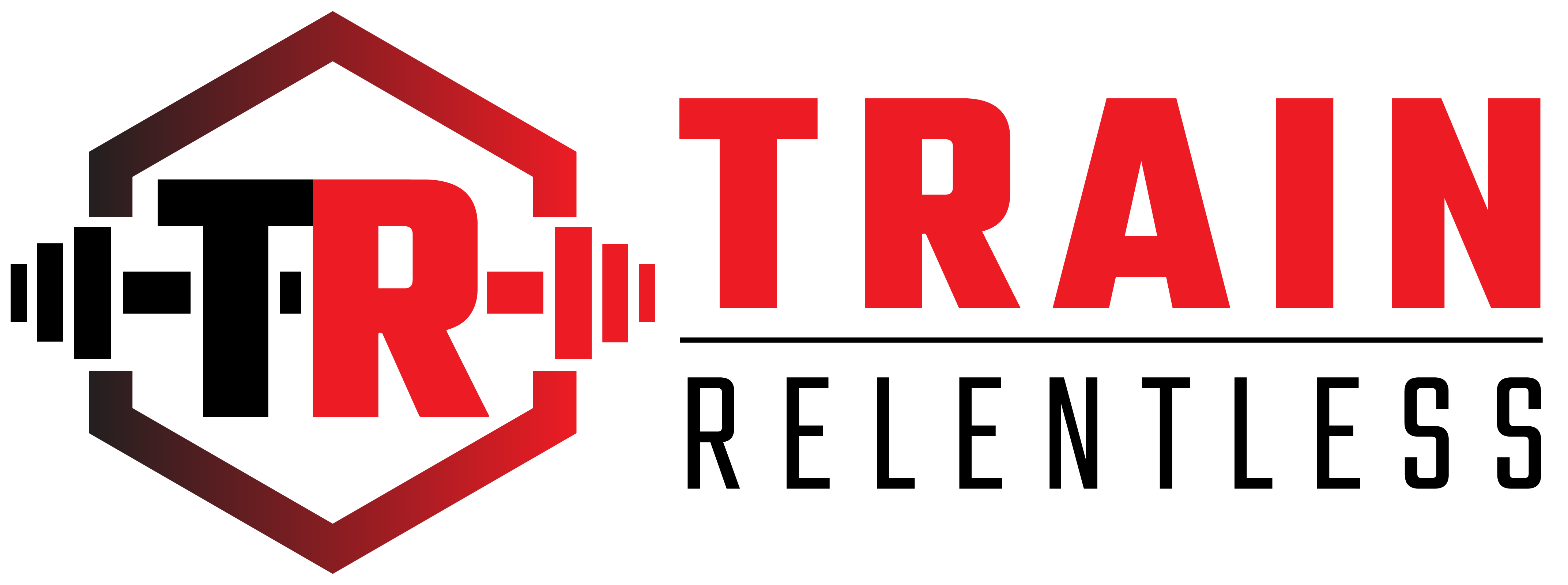Sprinting is a fundamental skill for athletes across various sports, including track and field, football, soccer, and basketball. Achieving peak performance in sprinting requires not only raw speed but also impeccable sprinting mechanics. In this article, we will delve into the four main phases of sprinting mechanics and provide insights into how athletes can optimize their technique for faster, more efficient sprints.
Phase 1: The Start
The start phase of sprinting is crucial for gaining an initial advantage over competitors. Proper technique in this phase sets the tone for the entire sprint. Here’s what athletes should focus on:
- Starting Position: Begin in a crouched position with one foot forward and the other foot back, using starting blocks if available. Keep the hips low and the chest up to maintain a slight forward lean.
- Arm Placement: Your arms should be positioned with one elbow at 90 degrees and the other arm extended behind you. This positioning generates force against the ground, propelling you forward.
- Drive Phase: Explode off the line with a powerful drive from your rear leg. Your first few steps should be quick and powerful, focusing on acceleration.
Phase 2: Acceleration
The acceleration phase is where you build momentum and reach your maximum speed. Key considerations during this phase include:
- Stride Length: Gradually increase your stride length as you accelerate. Avoid overstriding, as it can lead to inefficiencies and injuries. Focus on maintaining a compact but powerful stride.
- Arm Action: Your arms should continue to pump vigorously, in sync with your leg movements. This counteraction helps maintain balance and propulsion.
- Head Position: Keep your head in a neutral position, looking forward rather than down. This helps maintain proper posture and balance.
Phase 3: Maximum Velocity
Once you’ve achieved maximum speed, it’s important to maintain it efficiently. Here’s what to focus on during the maximum velocity phase:
- Stride Frequency: At this stage, your stride frequency should be at its peak. Maintain a rapid leg turnover while keeping your stride length consistent.
- Relaxation: Try to stay as relaxed as possible, especially in the upper body. Tension can lead to wasted energy and slower times.
- Core Stability: A strong core helps transfer power from the lower body to the upper body and vice versa. Engage your core muscles to maintain stability and control.
Phase 4: Deceleration and Finish
As you approach the finish line or your target distance, it’s crucial to transition smoothly from maximum velocity to deceleration. Key points in this phase include:
- Gradual Deceleration: Begin to gradually slow down by allowing your stride length and frequency to decrease naturally.
- Lean Forward: As you near the finish line or your stopping point, lean slightly forward to maintain your momentum.
- Maintain Form: Continue to focus on proper running form even as you decelerate. This will help prevent injuries and improve overall efficiency.
Conclusion
Sprinting mechanics are a fundamental aspect of an athlete’s training regimen, whether you’re a track and field sprinter or an athlete in a team sport. By understanding and mastering the four main phases of sprinting mechanics – the start, acceleration, maximum velocity, and deceleration – you can optimize your performance and achieve your sprinting goals. Regular practice, feedback from coaches, and video analysis can further enhance your sprinting technique, leading to faster and more efficient sprints on the field or track.
If you’re ready to lift weights with confidence, increase speed, and earn more playing time.
Get my FREE Training Guide – “Football Starter Package”
